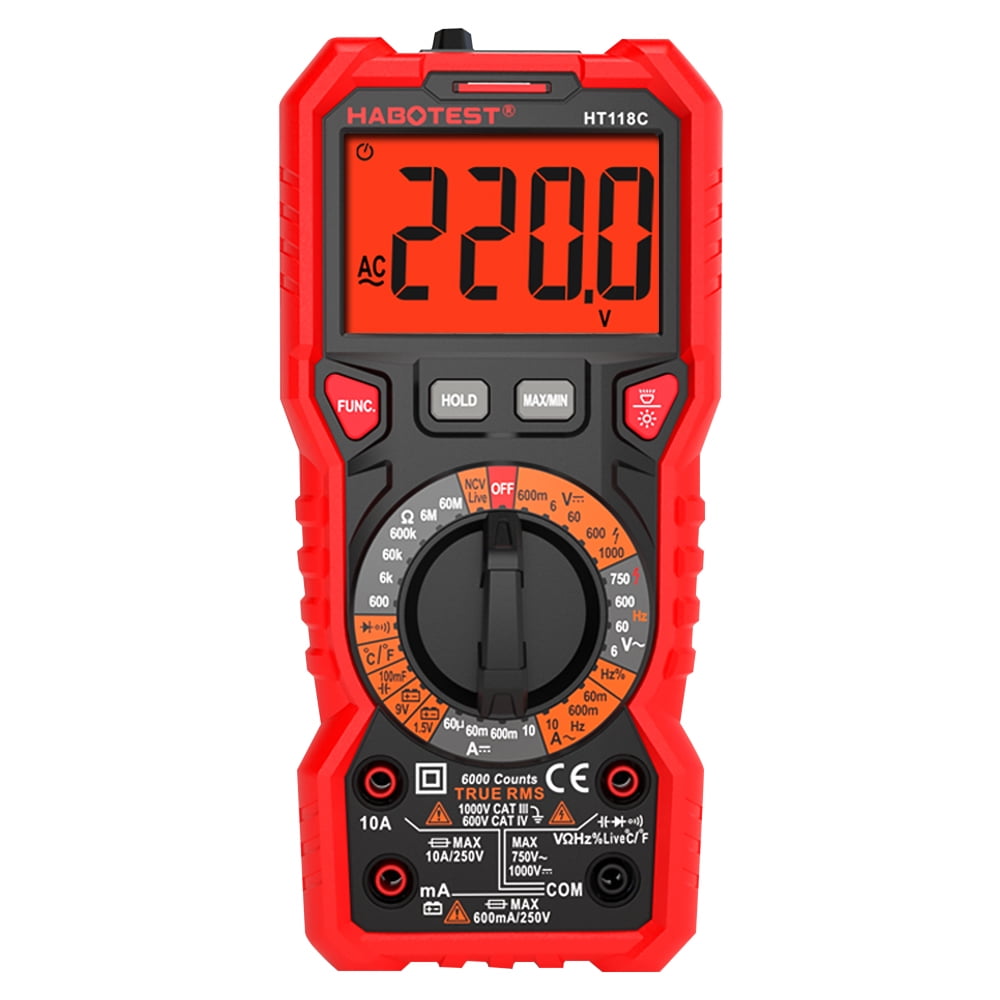

Climate change interacts with and exacerbates many other environmental and societal problems. 2009 Lenton, 2011, Lenton and Williams 2013 Brook et al. Many environmental scientists have concluded that the Earth is at or near one or more perilous climate tipping points (Krieger et al. Lastly, we suggest instrument synergies that are likely to yield improved results when data are combined. We provide a description of each instrument and tables to summarize their characteristics. We also include a few spaceborne active LiDAR and radar imagers designed for quantifying surface topography, changes in surface structure, and 3-dimensional canopy properties such as height, area, vertical profiles, and gap structure. Most of these satellites are in low Earth orbit (LEO), but we include a few in geostationary orbit (GEO) because of their potential to measure plant physiological traits over diurnal periods, improving estimates of water and carbon budgets. These data will enable us to quantify and characterize various soil properties such as iron content, several types of soil clays, organic matter, and other components. These include canopy and soil temperature and emissivity, chlorophyll fluorescence, and biogeochemical contents like photosynthetic pigments (e.g., chlorophylls, carotenoids, and phycobiliproteins from cyanobacteria), water, cellulose, lignin, and nitrogen in foliar proteins. They provide new information on physiological processes related to photosynthesis, transpiration and respiration, and stress detection, including capabilities to measure key plant and soil biophysical properties.

The newer instruments have potential to greatly improve our understanding of ecosystem functional relationships among plant traits like leaf mass area (LMA), total nitrogen content, and leaf area index (LAI). The suite of instruments we describe measure land surface characteristics, including land cover, but provide a more detailed monitoring of ecosystems, plant communities, and even some species then possible from historic sensors. We focused on imagers that passively measure wavelengths in the reflected solar and emitted thermal spectrum. We have restricted our review to instruments that primarily observe terrestrial landscapes or coastal margins and are available under free and open data policies. We identified 48 instruments and 13 platforms with multiple instruments that are of broad interest to the environmental sciences that either collected data in the 2000s, were recently launched, or are planned for launch in this decade. There is an unprecedented array of new satellite technologies with capabilities for advancing our understanding of ecological processes and the changing composition of the Earth’s biosphere at scales from local plots to the whole planet.


 0 kommentar(er)
0 kommentar(er)
